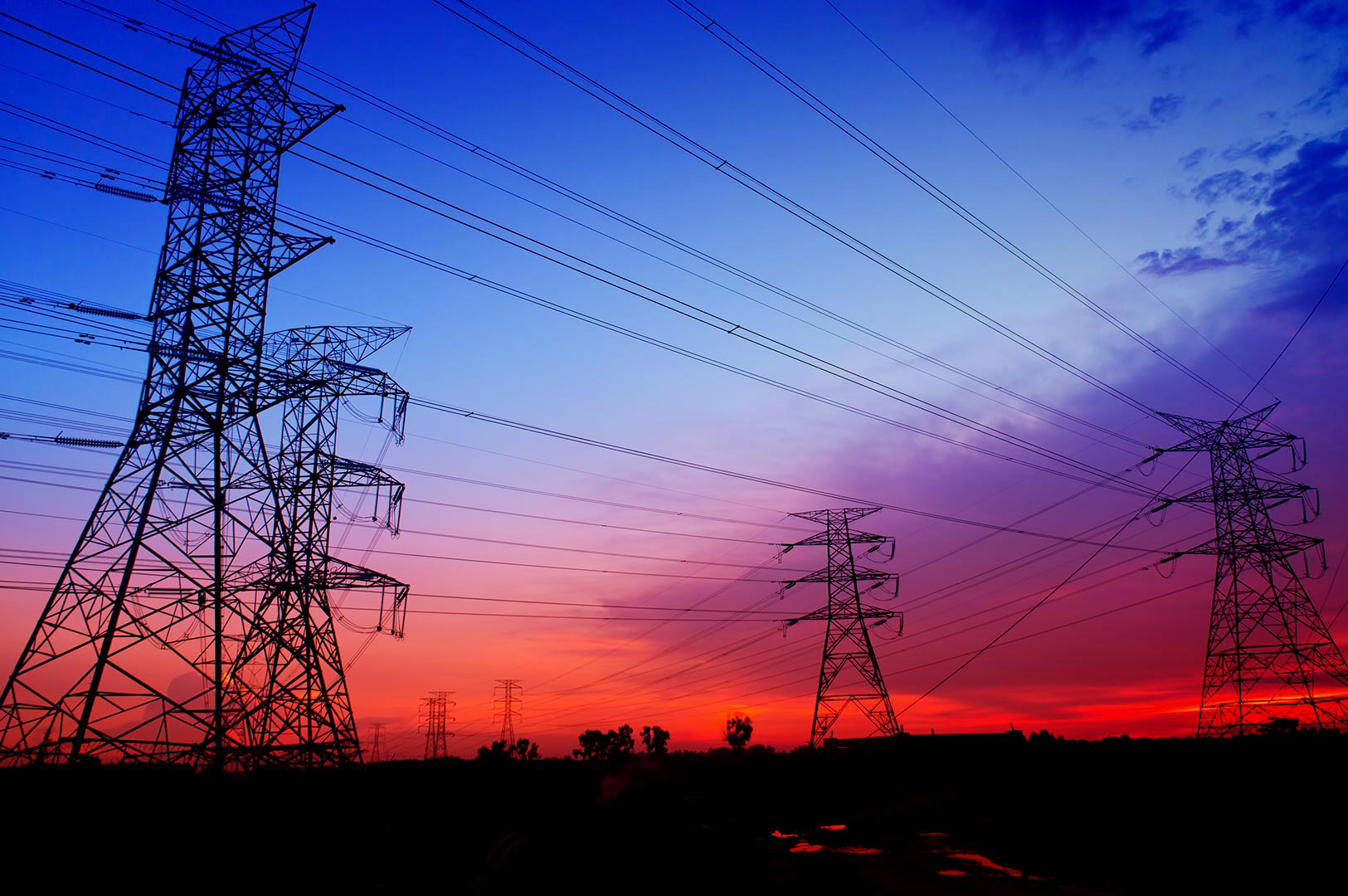According to the Major Energy Users Council (MEUC), credit risk in the energy market has become an increasingly important issue for many large consumers.
Like any supplier of high-value commodities, energy companies have to carefully assess credit exposure and default risk before agreeing a contract to provide large volumes of gas or electricity to a major consumer.
And certainly, at npower Business Solutions, we are finding that the current economic climate means more customers are finding securing credit more challenging than in previous years.
So as many businesses prepare to renew or secure a new energy deal, what can you do to proactively manage credit risk?
Credit challenges have increased
Firstly, to understand why credit has become more of an issue, it’s worth considering the following factors:
- The overall price of energy has increased, albeit less than the highs we’ve seen over the past 18 months, so credit risk is greater
- The value of bad debt has multiplied
- Higher interest rates have increased the risk of any existing borrowing
- Rising inflation and labour shortages are pushing up operational costs
- The trend for a greater number of corporate mergers and acquisitions can result in greater scrutiny of new group structures and wider credit rating
Five tips to manage credit risk
Each supplier will have different models for approaching credit risk. But as a general rule, there are some general approaches that can help consumers.
1. Communication is key
If you know there are conversations to have, make sure you talk to the right people. This may mean asking to meet members of a supplier’s credit or treasury team so you get clear on what’s needed, and certainly so if you envisage you may have an issue around credit.
2. Share the latest financial data
For a supplier to structure the best deal, give them access to up-to-date financial information. It may be you need to share unpublished management accounts to provide appropriate visibility. But a good supplier will sign a non-disclosure agreement.
3. Provide the full picture
If you have financial backing, providing information on any funding facilities’ expiry dates, covenants and headroom can be really helpful to suppliers, especially if this information isn’t already mentioned in audited accounts.
4. Consider a ‘surety’ bond
If you envisage your business may have a credit issue, consider taking out ‘surety’ against yourself from a credit insurer. This will offer the guarantee of paying out to the supplier if your company fails to meet its obligations, just like a letter of credit from a bank would. If you need more information on this, talk to your supplier, who should be able to provide appropriate insight and contacts.
5. Be prepared to be proactive and flexible
If you know you may be facing a credit downgrade, consider different ways to structure your contract to offset some risk. For example, paying for supply in shorter time periods, making advance payments or offering a security deposit. If you can start negotiations early, you buy more time to secure a better deal.
Consider purchasing products that carry less risk
There is a trend now among large consumers to switch to ‘cash-out’ products, where you only pay for the energy you consume.
This is another potential way to mitigate supply risk, as rather than having a shape fee, any consumption over pre-calculated base and peak load is automatically settled on an index. That way you pay for exactly what you use.
Our Flex Innovate product works in this way and is suitable for both electricity and gas supply.
For more help or support on any credit-related or supply issue, talk to your Client Lead or Account Manager (for existing customers). Or get in touch with us here.



/npm214%20Digital_H_UB142.jpg)

/npm214%20Digital_H_UB15.jpg)
/npm214%20Digital_H_UB127.jpg)


/npm214%20Digital_H_UB139.jpg)
/Author%20Profile%20Metcalf_Gareth_G.png)
